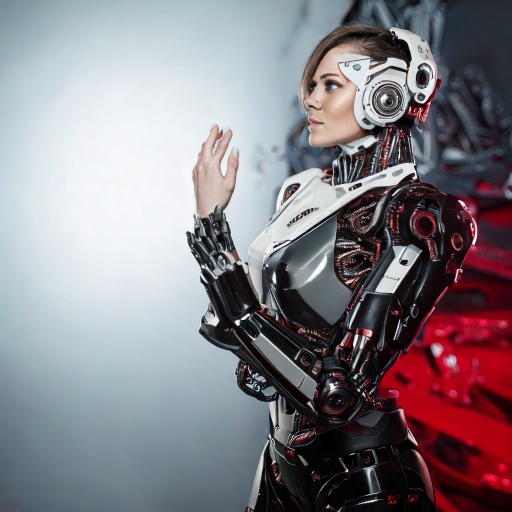Trade War Fallout: How U.S.–China Tensions Are Disrupting the Rise of AI Employees

A Global Race for Non-Human Workers
As of May 8, 2025, the escalating trade war between the U.S. and China is significantly impacting the development and deployment of humanoid robots—advanced AI employees intended for roles in manufacturing, eldercare, and domestic assistance. While American firms lead in artificial intelligence software, Chinese companies dominate the hardware aspect, supplying 63% of the global humanoid robot components, including actuators, sensors, and batteries.

Tariffs and Export Controls: A Double-Edged Sword
Recent U.S. policies, including a 145% tariff on most Chinese imports and expanded export controls on advanced AI chips, are disrupting this interdependent supply chain. These measures aim to curb China’s access to cutting-edge semiconductors, potentially giving U.S. companies an advantage in AI development. However, the tariffs also increase production costs for American firms reliant on Chinese hardware, creating a complex challenge for both nations.

The Uncertain Future of Voice AI Agents
The production of Voice AI Agents and other humanoid robots is at risk due to these geopolitical tensions. Companies like Tesla are experiencing delays in their Optimus robot production, partly due to China’s new export license requirements for rare-earth elements essential for robot actuators. These restrictions, coupled with the ongoing trade war, are causing significant disruptions in the rollout of AI employees across various sectors.

A Lose-Lose Situation for Innovation
Experts describe the current scenario as a “lose-lose” situation. While the U.S. aims to hinder China’s technological advancements, the interwoven nature of their supply chains means both countries face setbacks. The uncertainty is causing companies to reconsider their production strategies, potentially slowing down the integration of non-human workers into the global workforce.
Key Highlights:
- Humanoid Robot Disruption: The U.S.–China trade war is disrupting the global supply chain for humanoid robots—affecting both hardware from China and AI software from the U.S.
- Chinese Hardware Dominance: China produces 63% of global humanoid robot hardware components (actuators, sensors, etc.), essential for building AI Employees and Non-Human Workers.
- Tariffs & Controls: The U.S. imposed a 145% tariff on Chinese imports and expanded restrictions on exporting advanced AI chips, aiming to slow China’s tech rise.
- China’s Response: China added key robot actuator parts and rare-earth materials to its export control list, forcing foreign companies to seek special licenses.
- Impact on Companies: U.S. and international companies, including Tesla, are facing delays and cost hikes in robot development (e.g., Tesla’s Optimus bot).
- Global Innovation at Risk: The interdependence of U.S. and Chinese tech ecosystems means both nations are hurting innovation—delaying the adoption of Voice AI Agents and other robotic workers.
- Long-Term Concern: Analysts warn that this tech conflict may hinder the broader global push for AI-powered automation and labor support in industries like eldercare, logistics, and home services.
Reference:
https://restofworld.org/2025/china-us-humanoid-robot-trade-war-2/


